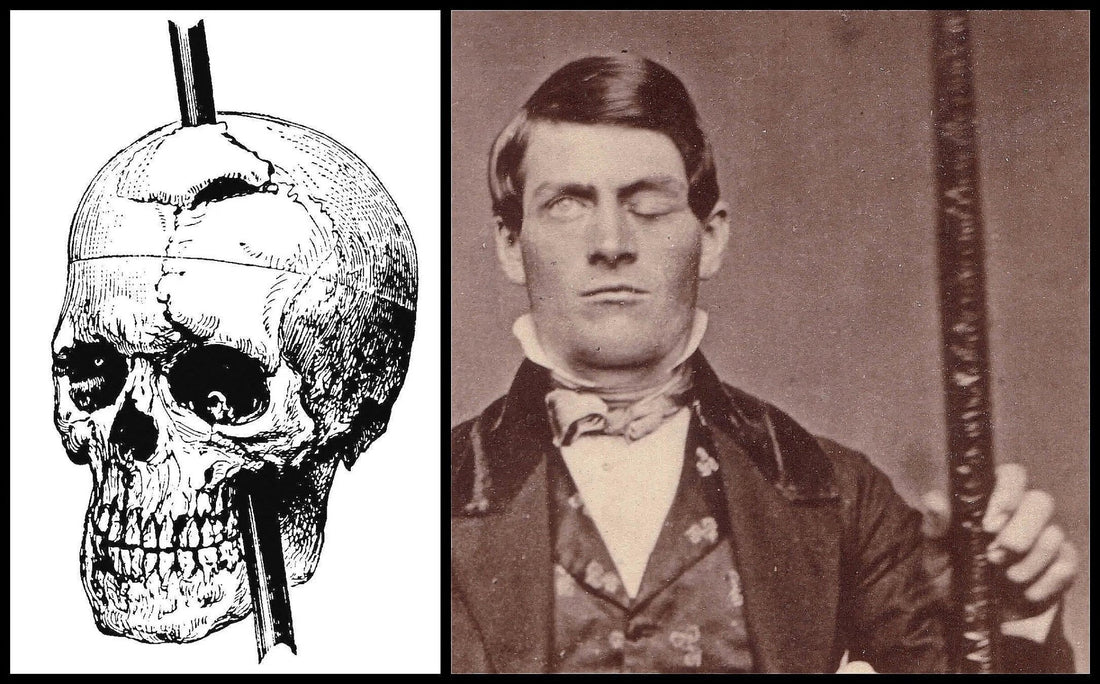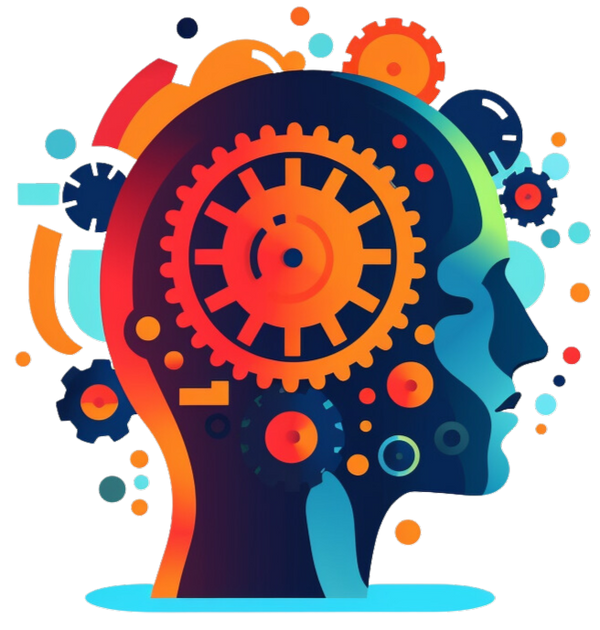
You have no idea what can go wrong
Share
Did you know that air also exists in liquid form? Do you know anything about gravity? There's a lot we don't even begin to understand. But when it comes to ADHD, the ignorant are the loudest. Time for a crash course on the 8th Wonder of the World: The Brain.
We breathe it in every day – and in the countryside, it smells significantly fresher: our air. 78% nitrogen, 21% oxygen, and a few trace elements. A mixture of gases. But did you know that air can also become liquid? (at approximately minus 190 degrees Celsius). If you like fizzy drinks, you can even throw a few air cubes into your cocktail (minus 273 degrees Celsius).

This example shows: What we don't know, what we don't see, we make up ourselves or adopt from the general public. Psychologists also refer to this as the so-called black box . Examples? "Heavy stones fall faster than light ones." "Adolf Hitler...a ruthless dictator, he achieved everything through violence." "Eat your spinach, because it's high in iron."
Incorrect.
-
Rocks, pebbles, peacock feathers... they all fall at the same speed . Gravity applies to all of them. However, for this experiment, you'll need a long vacuum jar, because feathers have buoyancy in the air.
- Hitler's Nazi Party received a whopping 37.3% of the vote in 1932 in a free election. Meanwhile, the democratic parties suffered a severe defeat.
- In 1890, physiologist Gustav von Bunge investigated the iron content of spinach – and miscalculated by tenfold. Iron-rich foods? Meat, bran, soybeans.

And what does that have to do with the brain?
Is everything ticking right inside you? Are you out of your mind? Has a light bulb gone on for you? That's the language we use when it comes to the human brain. But nothing's ticking, no lights are turning on—and certainly no sparks (of inspiration) are flying. We talk about the brain as if it were a machine . The cross-section of a head with its cogs —another image that causes more confusion than knowledge (or is it intentional? Machines are so controllable).
The "mechanistic image of the mind" persists to this day , because the alternative truth is somewhat frightening: We still don't know exactly how our brain performs the miracles it performs every day. Only that approximately 86 billion nerve cells communicate with each other via approximately 100,000 billion contact points (100 trillion synapses) . They're interconnected, in other words. Not plugged in, screwed together, or wired according to a specific plan.
The only correct response to well-functioning brain processes—intelligible speech, coordinated movement, functioning planning—is, first and foremost, HUMILITY . Because none of this is self-evident. Or as an engineer once put it with reference to passenger airplanes (which are considerably less complex): "I'm not surprised they crash every now and then. I'm surprised they fly so reliably for so long."

Phineas Gage (or "how an iron bar helps you think")
In the fall of 1848 , a North American railroad worker was careless as he filled a blast hole with gunpowder , which had to be properly tamped before detonation. Drill, add powder, add sand, and tamper. Drill, add powder, add sand... all day long.
Gage is apparently overtired. Unfortunately, he chooses: drill, add gunpowder, and plug.
The result is "BANG!" The rod (1 m long, 3.2 cm in diameter) shoots out of the hole, pierces his skull, and then lands on the ground 20 meters behind him.
But then a miracle happens: The 25-year-old man is speaking again just minutes after the accident, he's even able to see a doctor, and a few months later he returns to work. His memories, his understanding, his dexterity, everything are still there.

However, he is no longer the same person – not at all.
Once exemplary, responsible, and quiet, Phineas Gage is now a passionate swearer, cracks crude jokes, is capricious, and disrespectful. He reacts harshly or angrily to instructions.
His attending physician noted that the " balance between Gage's intellectual abilities and his animal passions " had been lost. Gage also made various plans for the future, but never implemented them. Other reports claim he was also addicted to gambling. At the age of 36, he died of an epileptic seizure—presumably a late consequence of the accident.
However, the "pole man" helped neuroscience achieve a breakthrough. It was recognized that our frontal lobe – the prefrontal cortex – performs very important functions : planning, affect control, initiative, concentration, decision-making, and ethical and social behavior are among them.
An iron bar effectively made neuroscience "think." The brain, the small machine into which knowledge can be poured like sand (or gunpowder...) – this image had to be fundamentally revised.

«ADHD please, I would like to read something about ADHD»
Come on. Patience. While that's not exactly a strong suit for those with ADHD, it's absolutely necessary when explaining the brain.
The prefrontal cortex is also a major issue for people with ADHD . More specifically, its role in impulse control (high impulsivity), concentration and planning (inattention, impatience), and inner calm (hyperactivity, nervousness). Medications like Ritalin, amphetamine—or delayed-release versions of these—help people with ADHD become more calm, focused, and conscientious thinkers, to put it simply. The so-called "directed attention" (frontal lobe) is improved by artificially increasing dopamine levels .

Unfortunately, that's not all there is to it. First, the brain develops a tolerance to these substances over time. Second, it has been shown that in ADHD, less blood sugar is consumed in the frontal parts of the brain. Third, dopamine, this important neurotransmitter of the brain, is apparently reabsorbed too quickly in ADHD, meaning it is available for a shorter period of time (differences in the dopamine transporter protein DAT). Size differences in the prefrontal cortex and striatum (motor control, reward processing) have also been documented.

What we're good at, however, is connecting things. And we do it pretty much with everything . Because while our short-term memory often leaves a lot to be desired ("Sweater, where?!", "Train, when?!"), our long-term memory isn't. Remembering a movie from 30 years ago? No problem. In detail. If it was exciting. And the movie also has something to do with the topic you're discussing with your friend.
Complicated, demanding, tiring. But also somehow exciting, right? The brain isn't like a clockwork, but something like the eighth wonder of the world. And that's probably a good thing. Because, as we all know, it's not the hours that count in life – it's the joy, the love, and the meaning we fill with those hours.
Miracles are always welcome.
